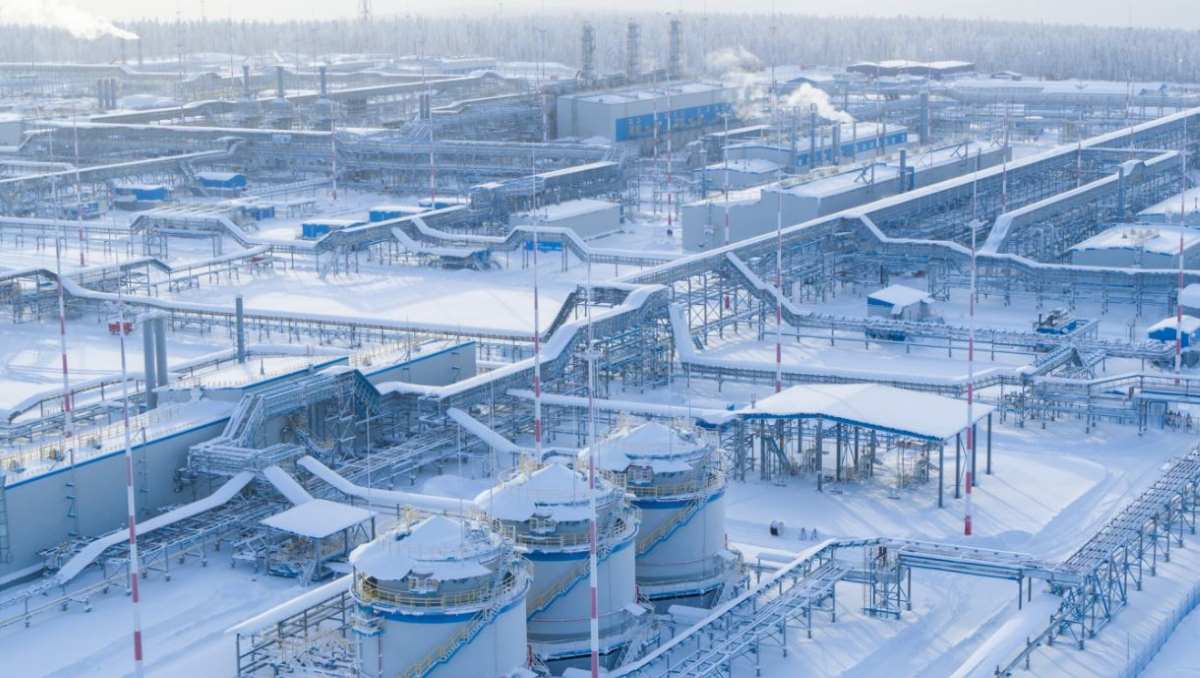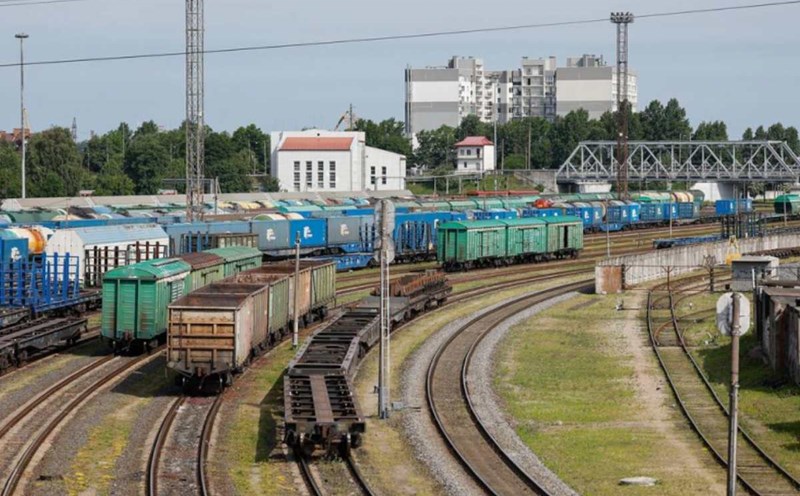During his recent visit to China, Russian President Vladimir Putin confirmed that Moscow and Beijing have agreed on the Power of Siberia 2 gas pipeline project passing through Mongolia.
When put into operation, the pipeline is expected to double the amount of Russian gas supplied to China by 2030, replacing a large part of the liquefied natural gas (LNG) that Beijing currently imports from the US and other sources.
Power of Siberia 2 will transport 50 billion cubic meters of gas per year to China, adding to the 38 billion cubic meters being transported via the Power of Siberia 1 pipeline from eastern Siberia.
Russian oil and gas giant Gazprom can supply gas via the Power of Siberia 2 pipeline for up to 30 years.

Bloomberg quoted estimates that Russia could replace up to half of China's total more than 40 million tons of LNG imports per year.
As the worlds largest LNG importer, this move would disrupt the entire market, said experts from global securities management and research firm AB Bernstein (USA).
Not only stopping at the long-term plan, this week, China also received the first batch of liquefied petroleum from Russia's Arctic LNG 2 project, despite sanctions from Washington. Analysts said this is a clear signal that China no longer depends on US LNG for long-term energy growth strategy.
Russia currently meets about 10% of China's gas demand and this figure could increase to 20% in the next decade. The Russia-China energy linkage is said to be getting closer and closer, as US-China tensions show no signs of cooling down.
Moscow has repeatedly accused Western countries of putting political interests above fair competition, by freezing up Russian state assets and seeking to block Russian energy exports through sanctions. In this situation, Russia affirmed that it will seek more reliable partners for pipeline gas projects, which require huge infrastructure investment and long-term cooperation commitments.
If the above scenario becomes a reality, the US's position in the Asian LNG market could seriously decline, as Russia and China are together redrawing the global energy map.











